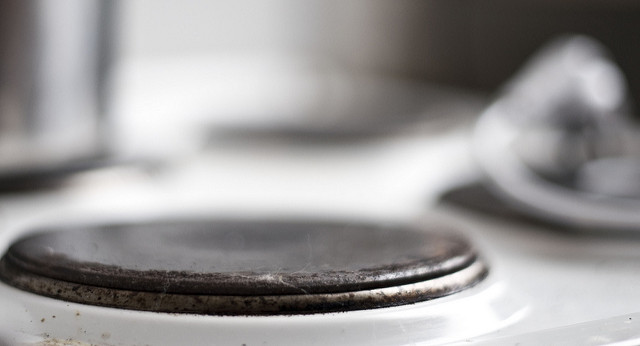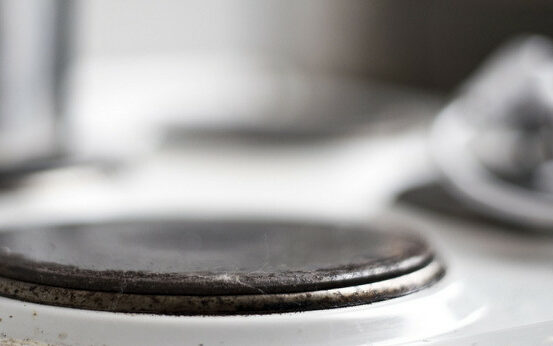The European Commission is reviewing its regulations for domestic cooking appliances, some of the most polluting products in our homes. Responsible for poor indoor air quality, public health risks, and carbon emissions, home cooking appliances that use gas must be eradicated – for our health and for our planet. The EU could make this happen using ecodesign. Here’s how.
Fewer than 50% of Europeans use electricity to cook food, despite it being a healthier, more secure, and more efficient source of energy than prevalent alternatives such as biomass, gas, or other fossil fuels. However, the adoption of electric cooking appliances has been sluggish, influenced by a deeply ingrained path dependency towards traditional gas cooking.
Things could change, though, with the revision of ecodesign rules for cooking appliances – an important window of opportunity for the European Commission to align with its energy and climate targets and act decisively to clean up cooking.
How the EU can move the dial towards cleaner cooking – and a cleaner planet
As part of its review of ecodesign and energy labelling measures for gas, ovens, and range hoods, the European Commission will chair a Consultation Forum on 18 March 2024, to which ECOS will contribute as an ecodesign expert.
We will actively push for ambitious energy efficiency requirements for cooking appliances that will reduce their energy consumption and environmental impact, improve indoor air quality, and foster technological innovation. New ecodesign and energy labelling rules should contain:
- Strict emission requirements for gas cooking appliances – for cleaner air
- Higher minimum energy efficiency requirements for all products covered – to save energy and lower our bills
- A clear and comprehensive labelling scale for energy efficiency – to ensure consumers have all the information they need to make environmentally conscious choices
Hobs should also be included in the scope of the energy labelling revision as they are not currently regulated – even though they form an integral part of cooking stoves.
Efficiency is a win for the environment and our pockets
Cooking with fossil gas is less energy efficient than cooking with electric appliances. Would you be happy to pay full price for a loaf of bread, but only be able to eat less than half? That’s what happens with gas cooking – only 40% of the energy consumed actually makes it to the food. Induction hobs are the most efficient, with up to 90% of energy transferred to the food, while for traditional electric systems, it is 70%.
By transitioning to more efficient cooking appliances, Europe could save around 1% of the annual energy consumed by households by 2030. That is around 2.7 million tonnes of CO2, roughly 10% of the annual emissions of Denmark.
Gas cookers risk our health
As well as being bad for the planet, gas cookers are also bad for our health. Cooking with gas releases a greater concentration of harmful pollutants that can spread throughout our homes, such as nitrogen dioxide, carbon monoxide, particulate matter, and even formaldehyde.
A recent study from CLASP found that the indoor air quality of homes with gas cookers often exceeds pollution limits imposed by the World Health Organization (WHO). For example, 57% of houses tested that cooked with gas had levels of nitrogen dioxide that broke those limits.
More than 100 million people in Europe are exposed to indoor air pollution values that are too high due to cooking appliances. This generates an annual cost of €3.5 billion for governments, which must cover healthcare costs, lost earnings, productivity, and disability-adjusted life years.
Poor indoor air quality in residential buildings can damage cardiovascular health and increase the risk of developing respiratory problems in children by 42%. For example, it has been estimated that over 700,000 children in the EU are diagnosed with asthma every year due to air pollution from gas hobs and ovens.
These effects are most visible in low-income households and communities facing energy vulnerability, which still disproportionately rely on gas and solid fuels for cooking. This is why the transition to electric cooking must leave no one behind – governments must support citizens in need so we can all transition to cleaner, healthier cooking appliances.
The solution exists – but governments must fast-track it
The right policy measures will improve indoor air quality for millions of people, reduce the EU’s overall consumption of energy (and reliance on outer-EU energy sources), improve energy efficiency, and reduce inequalities.
Electrification is the answer – and now is the time.



